3 Tips to Losing Fat without Losing Weight
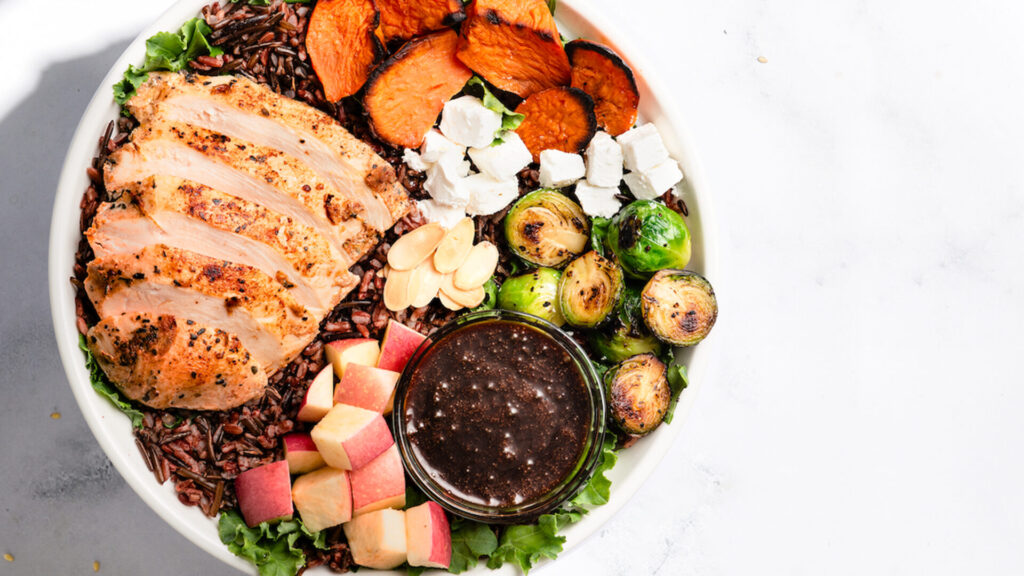
Losing weight is a common goal, but it’s important to know that not all weight loss is the same. The number you see on the scale doesn’t tell the whole story. While many people focus on losing weight, it’s actually more important to aim for a healthy and fit body by getting rid of fat while keeping your muscle. In this blog post, we’ll chat about the differences between losing weight and losing fat, dig into the science of body composition, and share some practical tips to help you lose fat without worrying about the scale. Body composition explained Your body is made up of two main parts: Now, why is this important when we talk about the difference between losing weight and losing fat? Here’s the deal: Muscle is more compact than fat. So, if you have a kilogram of muscle and a kilogram of fat, the muscle takes up less space in your body. Someone with more muscle and less fat might look leaner, even if they weigh the same as someone with less muscle and more fat. We also learned that your bones can get stronger and a bit heavier when you exercise regularly. Plus, your body’s water content changes throughout the day. Here’s the kicker: You can’t predict exactly how heavy or light your body will settle at when it’s comfortable because many things affect it. In simple terms, having a healthier body composition, which means more of the good stuff (muscles, bones, organs) and less of the not-so-good stuff (fat), doesn’t always mean you’ll weigh less on the scale. Body composition consists of fat mass and fat-free mass, including muscle, water, bones, and organs. Muscle is denser than fat, so two people of the same weight may appear differently if one has more muscle and less fat, emphasizing that a healthy body composition is about more than just the number on the scale. Remember: It’s about feeling good and looking fit, not just chasing a lower number on that scale. What is the difference between Weight Loss and Fat Loss? People often use “weight loss” and “fat loss” interchangeably, but they mean different things, and it’s more than just wordplay. Weight loss is simply the number you see on the scale. It’s the total of everything inside you, including bones, muscles, water, and yes, fat. So, when you lose weight, you’re shedding a bit of everything. Fat loss, on the other hand, means you’re specifically getting rid of the squishy stuff on your body – the fat. This can make you look smaller or leaner, but it doesn’t always make the scale go down. Here’s a neat trick: Sometimes, when you start a keto diet, you can lose a bunch of weight really quickly. But guess what? A big part of that is water weight, not fat. So, it might seem like you’re dropping lots of kilos, but it’s not necessarily fat disappearing. Now, why does this matter? Well, it depends on your goals. If you just want to be lighter on the scale, any weight loss might make you happy. But if you care about your health and how your body looks and feels, then focusing on losing fat is key. When your body has the right amount of fat, your risk of things like heart disease, stroke, and diabetes goes down. Weight loss involves reducing overall body weight, while fat loss specifically targets excess body fat. Be cautious of rapid weight drops on diets like keto, which can be mostly due to water loss, emphasizing the importance of discerning between the two for effective health and fitness goals. Remember: weight loss doesn’t always guarantee a healthier body. You could still have too much of that deep, visceral fat around your organs even if the scale says you weigh less. So, it’s not just about the numbers; it’s about where those numbers come from! Keto Diet and Water Weight Loss When it comes to the Keto Diet, it’s important to note that this eating plan induces ketosis in the body. This metabolic state leads to the burning of stored carbohydrates and the release of stored water, resulting in an initial rapid weight loss that is sometimes confused with actual fat loss. If you’re not on a keto diet but want to reduce water weight, consider reducing your sodium intake. Excessive salt consumption can cause your body to retain extra water to maintain the proper balance of salt and water. To lose water weight effectively, increasing water intake and reducing sodium consumption. Remember, reducing your water intake won’t safely help you shed this water weight. What can happen when you lose muscle in the process? When people lose weight, they sometimes end up losing not just fat but also muscle and fluids, which can have some not-so-great effects on their health. According to a study from 2018, losing lean body mass can lead to things like a slower metabolism, feeling tired, not moving as well, and even affecting how you feel emotionally. Plus, it might make you more prone to getting injured. On the flip side, having a good amount of muscle comes with some awesome perks like helping keep your blood sugar in check, keeping your body fat at healthy levels, and calming down inflammation. Plus, it lowers your chances of getting long-term health issues like heart problems, kidney troubles, and diabetes. When it comes to managing your weight in the long run, having more muscle is a big win. That’s because muscles burn more calories even when you’re just chilling on the couch or doing fun stuff like jumping rope. So, the more muscle you have, the more calories you torch with every activity – whether it’s an energetic workout or just relaxing! Remember, when you lose lean body mass, your metabolism can slow down, and you might end up gaining fat again and having a less healthy body composition! 3 Tips on how to lose fat and maintain muscle If you’re
Demystifying Plant-Based Protein for Endurance Athletes
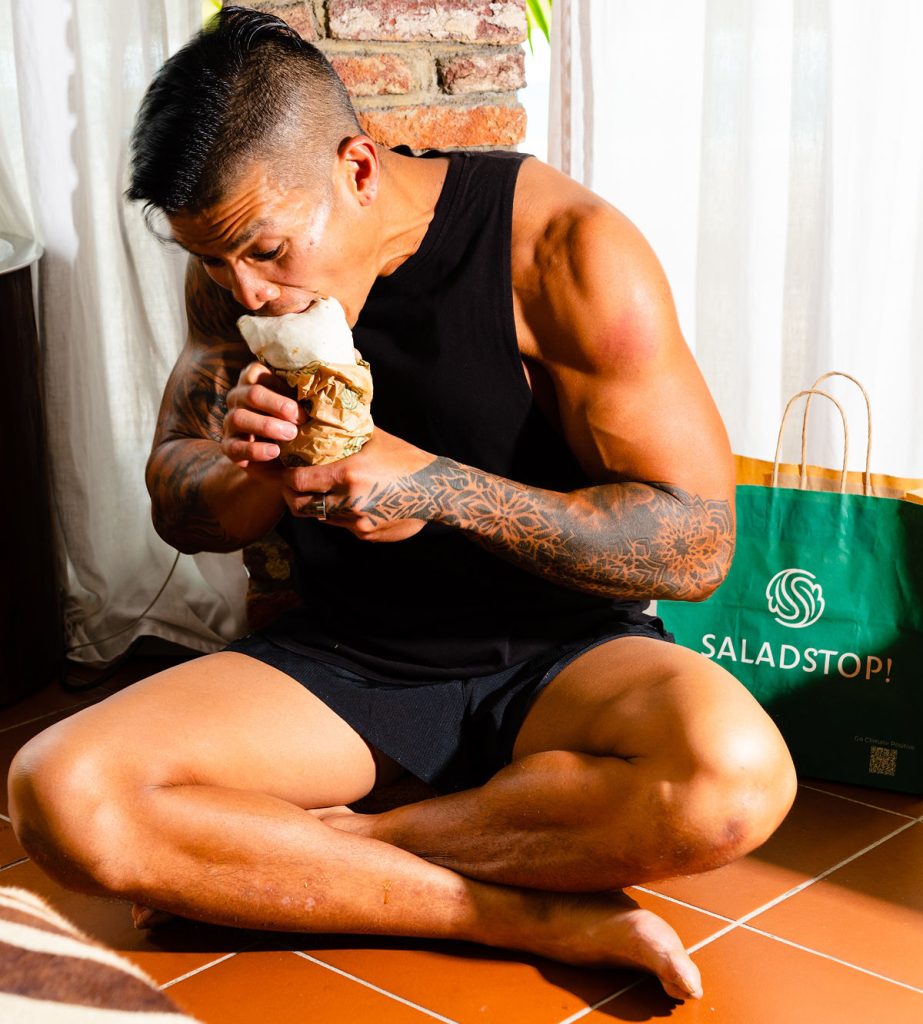
Embarking on a marathon as a vegan athlete is a testament to the power of plant-based fuel. Gone are the days when animal proteins were seen as the only path to peak performance. Instead, we’re here to showcase how a well-planned vegan diet can meet and exceed the rigorous demands of marathon training, providing energy, endurance, and recovery in a sustainable, compassionate way. Whether you’re a seasoned vegan runner or looking to transition to plant-based nutrition as you train, this space is dedicated to providing you with the insights, recipes, and tips needed to ensure your diet is as robust as your running plan. From pre-run meals that energize to post-run foods that facilitate recovery, we’ll dive into the nitty-gritty of macronutrient balance, the importance of micronutrients, and the best vegan foods to fuel your endurance endeavors. 1. The Foundation Stage: Setting the Stage for Plant-Powered Endurance Embarking on your marathon journey begins with the foundational phase, a time that’s not just about lacing up your running shoes but also about embracing a robust plant-powered diet. It’s during this phase that the groundwork for future endurance is laid. While you might be easing into your training with gentle, low-intensity exercises, your nutrition should be anything but passive. Nourishing for Endurance: The Base Phase Dietary Strategy During these initial weeks, your body’s energy requirements will subtly rise as your activities increase. It’s the perfect opportunity to gently increase your intake by about 15-20% with a focus on whole foods: leafy greens, hearty legumes, and energy-sustaining starches. Pre-workout meals could include a banana with a swipe of almond butter, and post-exercise, a nutrient-packed smoothie. These small, strategic additions fuel your gradual increase in training intensity without overwhelming your system. 2. The Strengthening Stage: Building Speed and Power on Plants Once your base is established, you’ll shift into the strengthening phase, where your training picks up pace and power. Here, gym sessions will intensify, and endurance runs will stretch further. Your nutrition needs to step up accordingly. Eating for Growth: The Build Phase Dietary Focus With the heightened physical demand, your meals should start to reflect a higher proportion of calorie-rich foods to support muscle recovery and growth. It’s not just about more food, but smarter choices: proteins packed with amino acids, carbohydrates to replenish muscle glycogen, and fats for nutrient absorption. This phase isn’t about overhauling your diet but fine-tuning it to match your training’s intensity. Breakfast: Mid-Morning Snack: Lunch: Afternoon Snack: Dinner: Evening Snack: 3. The Peak Performance Stage: Priming for Race Day Approaching the race, you’ll enter the peak phase, a mix of intense workouts and essential rest periods to fine-tune your body’s preparation for the marathon. This is the culmination of your training, where all elements come together. Fueling for the Finish Line: The Performance Phase Dietary Plan Nutrition now becomes about precision: testing and perfecting the fueling strategies you’ll deploy on race day. The emphasis remains on balanced meals, now adjusted to support the rigors of your most intense training, with a slight uptick in protein intake to aid in recovery and muscle maintenance 4. The last stretch before the race is a balancing act: you might feel like going all out, but it’s time to ease up instead. You’ll reduce your training load to let your body rest up and build up its energy reserves for the big day. When it comes to food, now’s not the time for drastic changes. A gentle shift to include more complex carbs will help fill up your energy stores without overburdening your stomach. Think of it as carefully adding fuel to the tank, rather than flooding the engine. Integration and Adaptation: The Vegetarian Marathoner’s Edge Throughout each phase, the plant-based marathoner finds strength not just in the run but in the power of plant-based foods. Each step, each mile, and each meal is a building block towards not just finishing the marathon, but thriving through it. Vegan Meal Ideas: Vegan Snack Ideas: Disclaimer: At SaladStop! Group, our commitment is to empower every individual with reliable, evidence-based nutritional and wellness guidance. To earn your trust as your ultimate resource for nutritional information, our content undergoes rigorous nutritional scrutiny to ensure its accuracy, whether it’s about our offerings, culinary creations, or services. Please note that all information provided is for informational purposes only and should not be considered a substitute for professional medical or nutritional advice.
Weight Loss on a Vegan Diet: Balancing Calories and Protein Intake
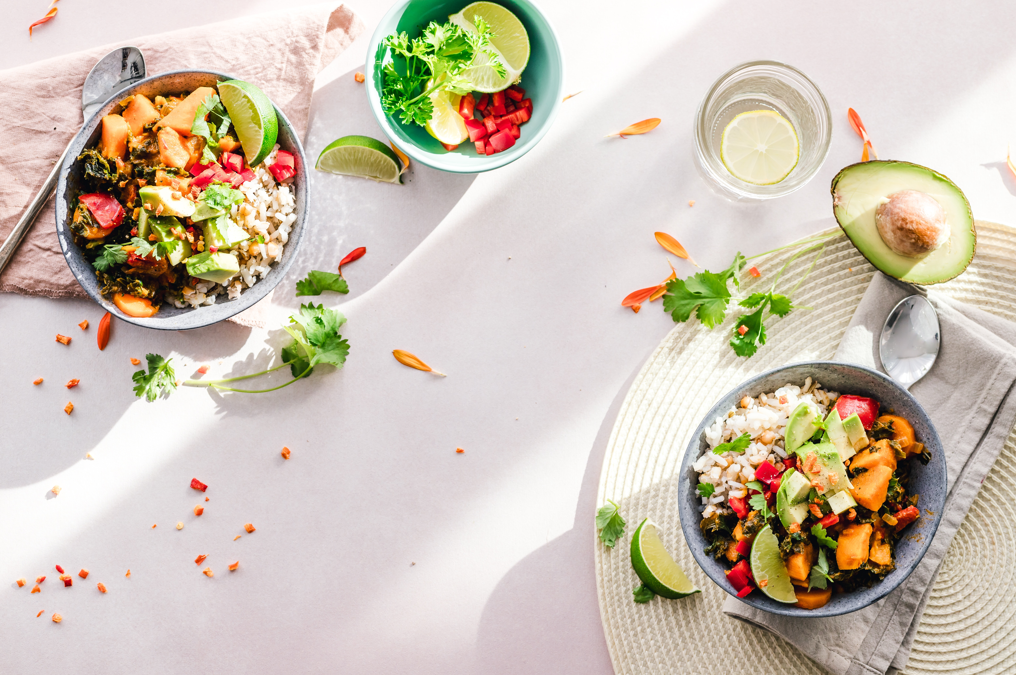
Embarking on a vegan diet for weight loss is a popular choice for many individuals seeking a healthier and more sustainable lifestyle. Some may wonder whether it’s possible to meet their protein needs while staying within their calorie limits on a plant-based diet. Good news are: it’s entirely possible to achieve your protein goals while losing weight on a vegan diet. In this article, we’ll explore the intricacies of balancing calories and protein intake on a vegan diet and highlight specific micronutrients necessary for successful weight loss. Plant-Based Protein: The Caloric Challenge Plant-based protein sources like legumes, tofu, tempeh, nuts, and seeds are calorically denser than their animal-based counterparts. This means that, per gram of protein, you may be consuming more calories. However, this doesn’t make weight loss on a vegan diet impossible; it simply requires mindful planning and portion control. Here are some strategies to balance calories and protein intake on a vegan diet: 1. Portion Control Portion control is a key strategy for managing calorie intake while meeting your protein needs on a vegan diet. Here’s a closer look at portion control with examples: 2. Incorporate Lower-Calorie Options When aiming for weight loss on a vegan diet, it’s helpful to incorporate lower-calorie plant-based protein sources, which allow you to enjoy larger portions without exceeding your calorie goals. Here are some examples: 3. Opt for Whole Foods Whole plant foods like beans, lentils, and whole grains not only provide protein but also essential nutrients, fiber, and a feeling of fullness. These foods can help you control your calorie intake while meeting your protein needs. 4. Consider Plant-Based Ready-To-Heat Meals These freshly made and convenient meal options are not only time-saving but also packed with plant-based protein. GFP meals offer the perfect solution for individuals looking to maintain a vegan or vegetarian diet while enjoying the convenience of pre-prepared meals. These dishes are carefully crafted to provide you with a balanced and delicious plant-based protein source, ensuring that you meet your nutritional needs without sacrificing taste or quality. Micronutrients for Weight Loss on a Vegan Diet In addition to protein, several essential micronutrients play a crucial role in successful weight loss on a vegan diet. Here’s why each of these micronutrients is important for weight loss: 1. Fiber Fiber is abundant in plant-based foods and is essential for promoting satiety and regulating blood sugar levels. High-fiber foods like vegetables, whole grains, and legumes should be a staple in your vegan weight loss plan. They help you feel full for longer, reducing the likelihood of overeating. 2. Iron Iron is important for maintaining energy levels and overall health. Plant-based sources of iron, such as beans, lentils, fortified cereals, and spinach, are readily available to vegans. Iron deficiency can lead to fatigue, which can hinder your ability to stay active and engage in weight loss activities. 3. Calcium Calcium is crucial for bone health, muscle function, and nerve transmission. While dairy is a common source of calcium, vegans can obtain this essential mineral from fortified plant-based milk, leafy greens (e.g., kale, collard greens), and calcium-set tofu. Ensuring you get enough calcium supports overall health during weight loss. 4. Omega-3 Fatty Acids Omega-3 fatty acids play a role in reducing inflammation and supporting heart health. Incorporate sources of alpha-linolenic acid (ALA), such as flaxseeds, chia seeds, and walnuts, to meet your omega-3 requirements. Consider algae-based supplements for long-chain omega-3s like EPA and DHA. Omega-3s can aid in reducing inflammation, which can be beneficial for weight loss. Conclusion Weight loss on a vegan diet is achievable by carefully balancing calorie intake and protein consumption. Practicing portion control, choosing lower-calorie options, and incorporating a variety of whole plant foods can help you meet your protein goals while shedding pounds. Additionally, don’t forget to pay attention to key micronutrients like fiber, iron, calcium, vitamin B12, and omega-3 fatty acids to ensure you maintain a balanced and healthy vegan diet while working towards your weight loss goals. These micronutrients play critical roles in maintaining energy levels, promoting satiety, and supporting overall health, making them essential components of your weight loss journey on a vegan diet. A vegan diet can be a successful and sustainable path to weight loss and improved overall health. Disclaimer: At SaladStop! Group, our commitment is to empower every individual with reliable, evidence-based nutritional and wellness guidance. To earn your trust as your ultimate resource for nutritional information, our content undergoes rigorous nutritional scrutiny to ensure its accuracy, whether it’s about our offerings, culinary creations, or services. Please note that all information provided is for informational purposes only and should not be considered a substitute for professional medical or nutritional advice.
Nutrition 101 for Athletes and Fitness Enthusiasts Going Vegan

Whether you’re a dedicated gym-goer, a weekend warrior, or simply someone who loves staying active, you know that what you eat plays a massive role in how you perform. Traditionally, athlete diets have been all about meat, eggs, and protein shakes, but there’s a new player on the scene – veganism. Veganism has gone from a niche choice to a popular lifestyle embraced by folks worldwide. It’s got fantastic benefits for the planet and animal welfare, but what about its impact on your athletic and exercise prowess? Can you still crush your fitness goals while going vegan? Absolutely, but it takes a bit of know-how and some commitment. In this blog post, we’re diving into the world of vegan diets, offering practical tips for athletes and fitness enthusiasts looking to thrive on a plant-based plan. Whether you’re a seasoned vegan athlete or just thinking about giving it a try, we’ve got your back. We’ll show you the ropes when it comes to vital nutrients, meal planning made easy, and tips to boost your performance while staying true to your eco-friendly and compassionate values. Let’s address the elephant in the room: Can you get enough protein from plants? First, why is protein so important for athletes? Well, it’s like the building blocks for your muscles and helps your body adapt to exercise. There is something called Net Protein Balance (NPB). This is the balance between building and breaking down muscle protein. To get the best results, you want a positive NPB, which means you’re building more muscle than you’re breaking down. This is crucial for recovery, adaptation (getting better at your sport), and muscle growth. Now, here’s the twist for vegan athletes: they often end up eating less protein than people who eat animal products. So, if you’re a plant-based athlete, you’ve got to pay extra attention to the quantity and quality of your protein intake. Plant-based protein sources are a bit different. They might not have all the essential amino acids (the important building blocks) you need, and they often have fewer Branched Chain Amino Acids (BCAA) compared to animal-based proteins. So, it’s essential to mix and match your plant-based protein sources to make sure you’re getting all the good stuff your body needs to perform at its best! It’s pretty much agreed upon that athletes need more protein than the average person. If you’re into strength and power sports, you should aim for about 1.6 to 1.7 grams of protein per kilogram of your body weight per day. If you’re more of an endurance athlete, think 1.2 to 1.4 grams per kilogram. These numbers are quite a bit higher than the typical recommendation of 0.8 grams per kilogram for the average person. But this might not be all, keep reading… Plant-Based Protein Digestibility When it comes to plant-based protein, it seems our bodies don’t absorb it as well as animal-based protein. So, if you’re following a vegan diet, you might need to make some adjustments. There are these fancy scores called the Protein Digestibility Corrected Amino Acid Score (PDCAAS) and Digestible Indispensable Amino Acid Score (DIAAS) that tell us how good a protein source is based on how well we digest it. It turns out that plant-based sources don’t score as high as animal products in this regard. Because of this, some experts think that vegetarians, who might still eat things like eggs and dairy along with plant-based foods, might need to eat more protein than people who eat meat to make up for the lower digestibility of plant proteins. If this is you, aim for around 1.0 gram of protein per kilogram of your body weight per day. Now, if you are a vegan athlete who doesn’t eat any animal products at all, it’s probably a good idea to aim for the higher end of the protein recommendations, somewhere between 1.4 to 2.0 grams of protein per kilogram of your body weight per day, especially if you’re trying to maintain or gain energy. Many people often underestimate the protein content in various foods, including plant-based options, but it’s entirely possible to meet your protein goals through a well-balanced diet that includes a variety of protein-rich sources such as legumes, tofu, tempeh, nuts, and seeds. Don’t be surprised by how easily you can incorporate protein into your diet, even if you choose plant-based alternatives! Achieving your protein goals with plant-based sources is not only feasible but also delicious and diverse. Plant-based proteins are not only beneficial for your muscles but also for your overall health and the environment. Embracing a diet rich in plant-based proteins not only supports your weight loss and muscle maintenance goals but also aligns with sustainable and ethical food choices. Here’s an example of high protein recipe: Vegan Mexi-Mac Delight – Good Food People Omega-3, the Anti-Inflammatory King Vegan diets tend to be lower in total and unhealthy saturated fats. This seems to be linked with lower risks of heart disease, high blood pressure, type II diabetes, high cholesterol, and even some types of cancer. Now, when it comes to fat intake, there’s something interesting going on with hormones and athletic performance that scientists are still studying. But here’s the thing, because vegans don’t eat fish or seafood, they end up having fewer omega-3 fatty acids in their diet. These omega-3 fatty acids are super important for things like heart health, fighting inflammation, and even helping with exercise-induced breathing problems (like asthma) and your immune system. For athletes, omega-3 fats might also help produce nitric oxide (good for blood flow) and improve heart rate variability (good for overall health). There’s a type of omega-3 fat called alpha-linolenic acid (ALA), which your body can turn into other important omega-3 fats, but not very efficiently. Only about 8% of ALA becomes EPA, and even less becomes DHA. The best source of DHA is usually cold-water fish and seafood, but vegans don’t eat those. So, some vegans and vegetarians take microalgae oil supplements because they’re rich in DHA (and EPA, another important
Avocados: The “It” Fruit of the 2010s
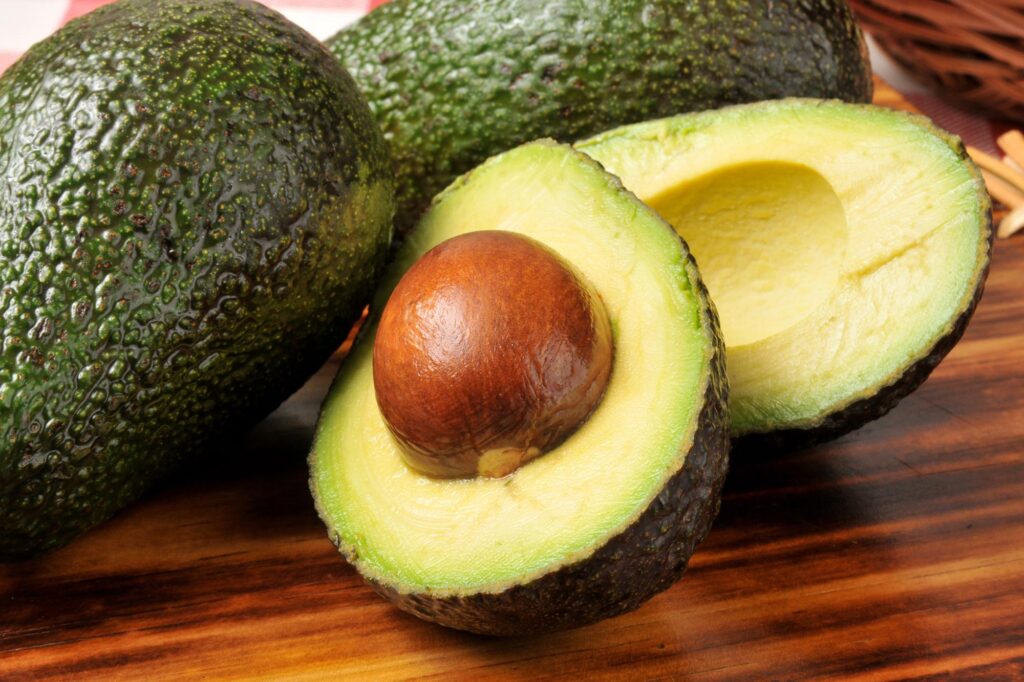
This fruit is great in everything from salad to sandwiches, proving that you can never have enough of a “good” fat.
Are Mushrooms the Next Superfood?
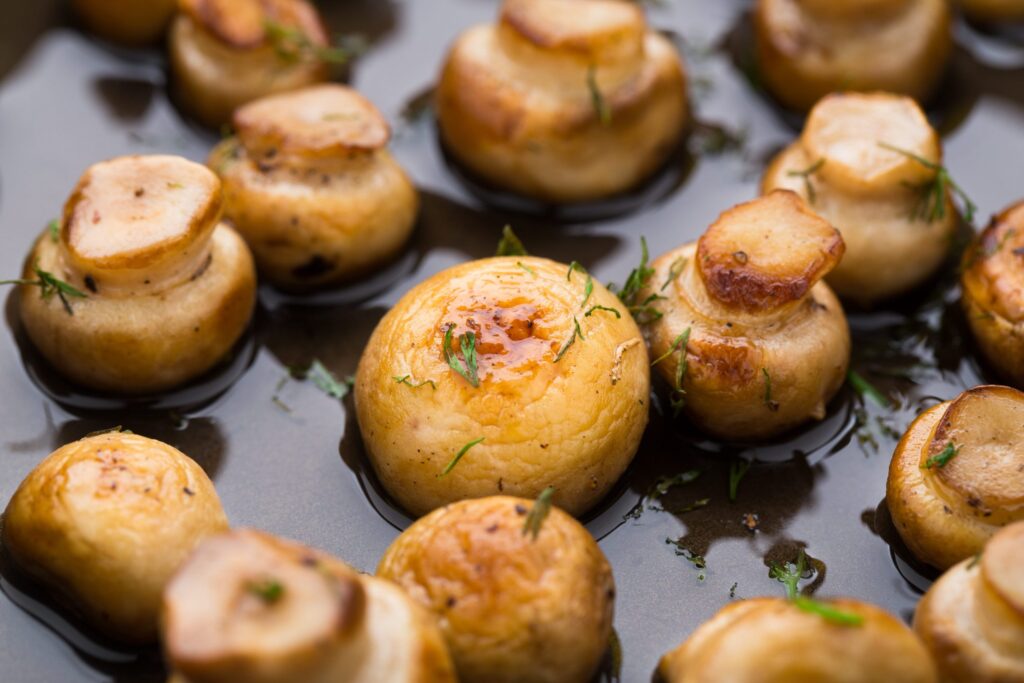
Some mushrooms may lack the beauty and colour of nutrient-rich foods, but they are still versatile and full of nutrients.
Eat Your Way to Good Luck in the New Year

Chinese New Year dinners are designed around dishes and snacks that bring good fortune. Here are 10 of them and their symbolic meanings.
Starting a New Diet? Try Going Plant-Based
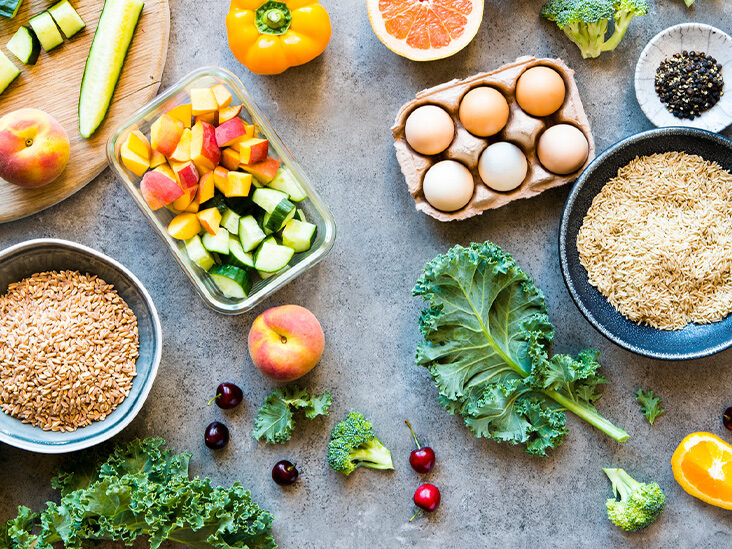
With the increasing popularity of plant-based diets, maybe you’re thinking of trying one too! Let’s look at some information you need to get started on your plant-based journey.
More About Minerals: Calcium
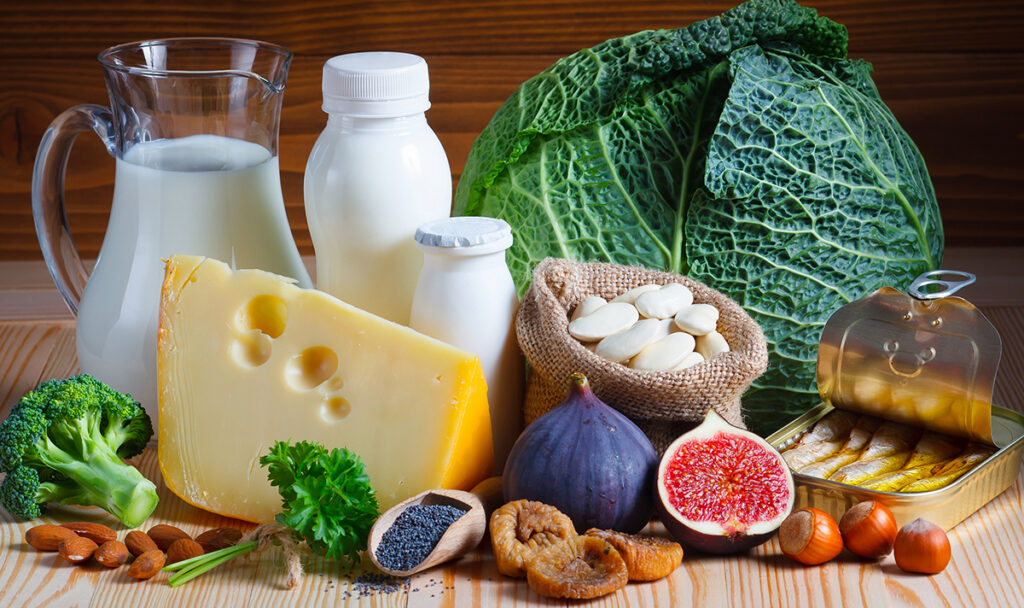
When we think about calcium-rich foods, cheese, milk and other dairy products come to mind. But there are many other sources of calcium out there! Today, we’ll be exploring the benefits of a plant-based calcium-rich diet.
More About Macronutrients: Protein
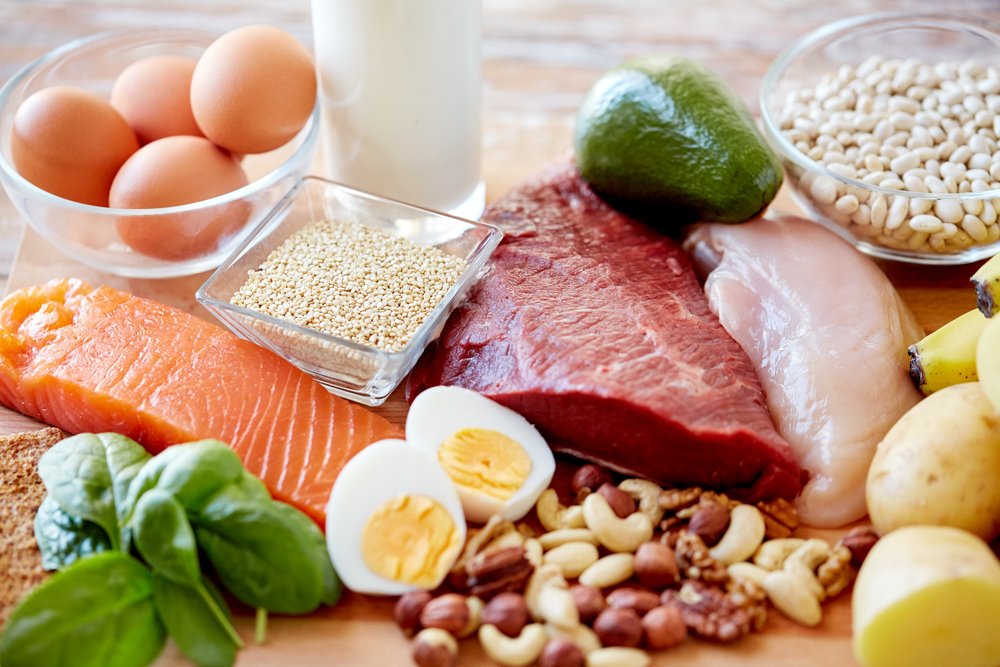
We always hear that eating more protein-rich foods like fish and eggs is good for you, but what are the specific benefits of maintaining a steady protein intake? Let’s find out.

